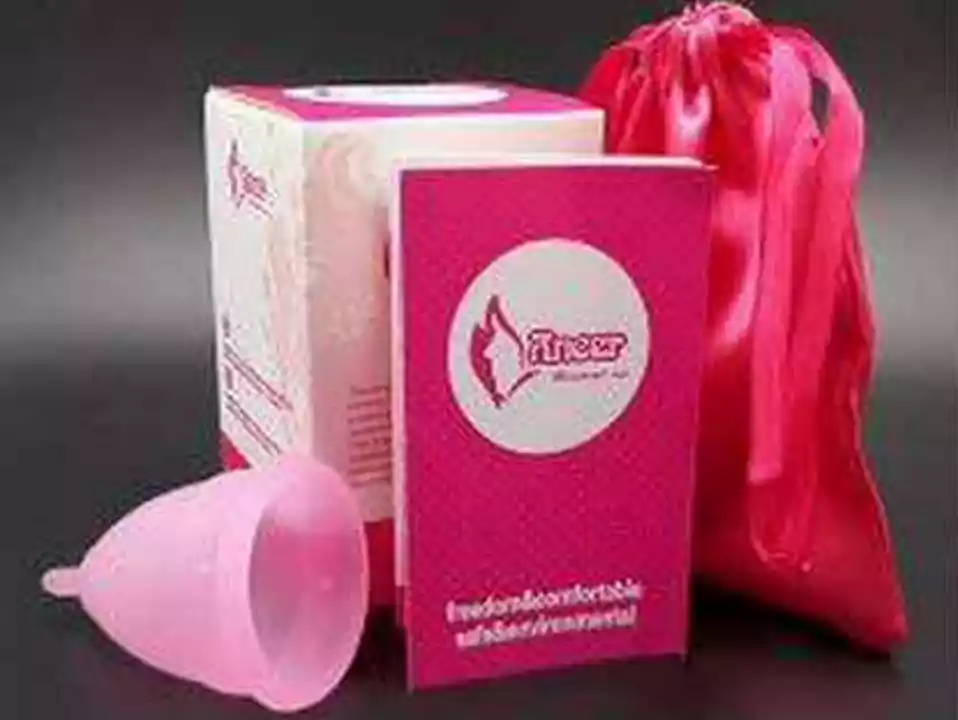Menstrual hygiene: simple, practical ways to stay healthy during your period
Periods don't have to be a hassle or a health risk. Use the right products, change them at the right time, and watch for warning signs. Do that and you cut the chance of irritation, infections, and messy surprises.
Choosing products that work for you
Pads, tampons, menstrual cups, and period underwear all work — but they work differently. Pads sit outside and are easy for beginners. Change pads every 4 to 8 hours depending on flow. Tampons are internal and absorbent; never leave one in longer than 8 hours to lower the small but serious risk of toxic shock syndrome. Menstrual cups collect blood and can be worn up to 12 hours, but empty and rinse them more often if your flow is heavy. Period underwear is great for lighter days or backup protection.
Look for unscented options and breathable materials. If you have sensitive skin, try organic cotton pads or a silicone cup. Pick absorbency by your heaviest hour, not by the overall day. A pad or tampon labeled medium or regular may still be too little if you bleed heavily for a few hours.
Daily hygiene and handling tips
Wash your hands before and after changing a tampon or cup. Clean the vulva with plain water or a mild, unscented cleanser — avoid douching and strong soaps that strip natural protection. Wipe front to back after using the toilet to reduce bacteria moving toward the vagina.
If you use a menstrual cup, clean it between uses with warm water and mild soap. Sterilize it by boiling for a few minutes between cycles. For reusable pads or period underwear, rinse cold first, then wash on a normal cycle and line dry when possible to extend life and reduce odors.
Disposal matters. Wrap used pads and tampons in paper and put them in a bin. Do not flush them unless the product is clearly labeled flushable. Many tampon applicators and pad wrappers are plastic; check local guidelines for waste or recycling options.
Travel tips: pack extras, bring a small wet bag for used reusable items, and carry pain relief and a heating patch if cramps hit. For heavy flow days, wear a backup pad or leak-proof underwear and layer clothing to avoid stains.
Watch for red flags. If you get fever, very bad pelvic pain, foul-smelling discharge, or if you soak a pad or tampon every hour for several hours, see a healthcare provider. Also get checked if your period changes suddenly in flow or pattern, or if clots are bigger than a golf ball.
Want to cut waste and save money? Try a menstrual cup or good quality period underwear. They take a short learning curve but usually reduce monthly costs and trips to the store.
Small habits make a big difference. Change regularly, keep things clean, avoid scented products, and get help if something feels off. That keeps periods manageable, healthier, and less stressful every month.

